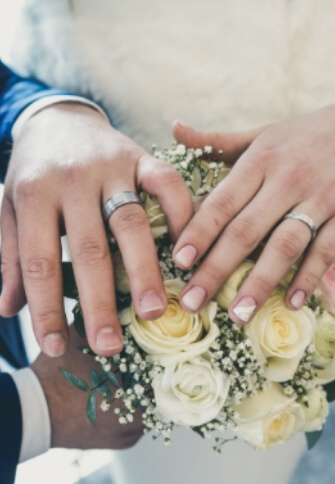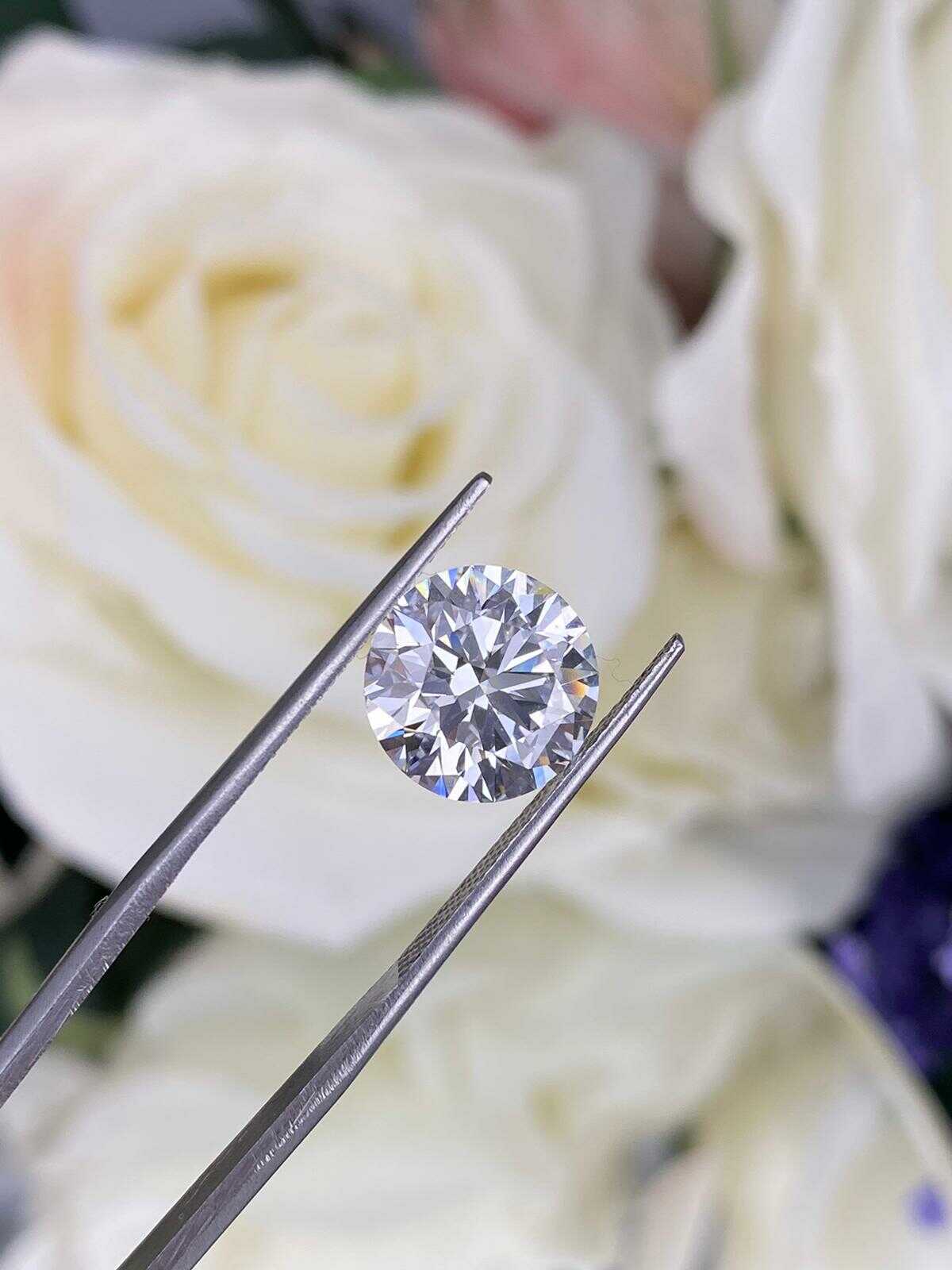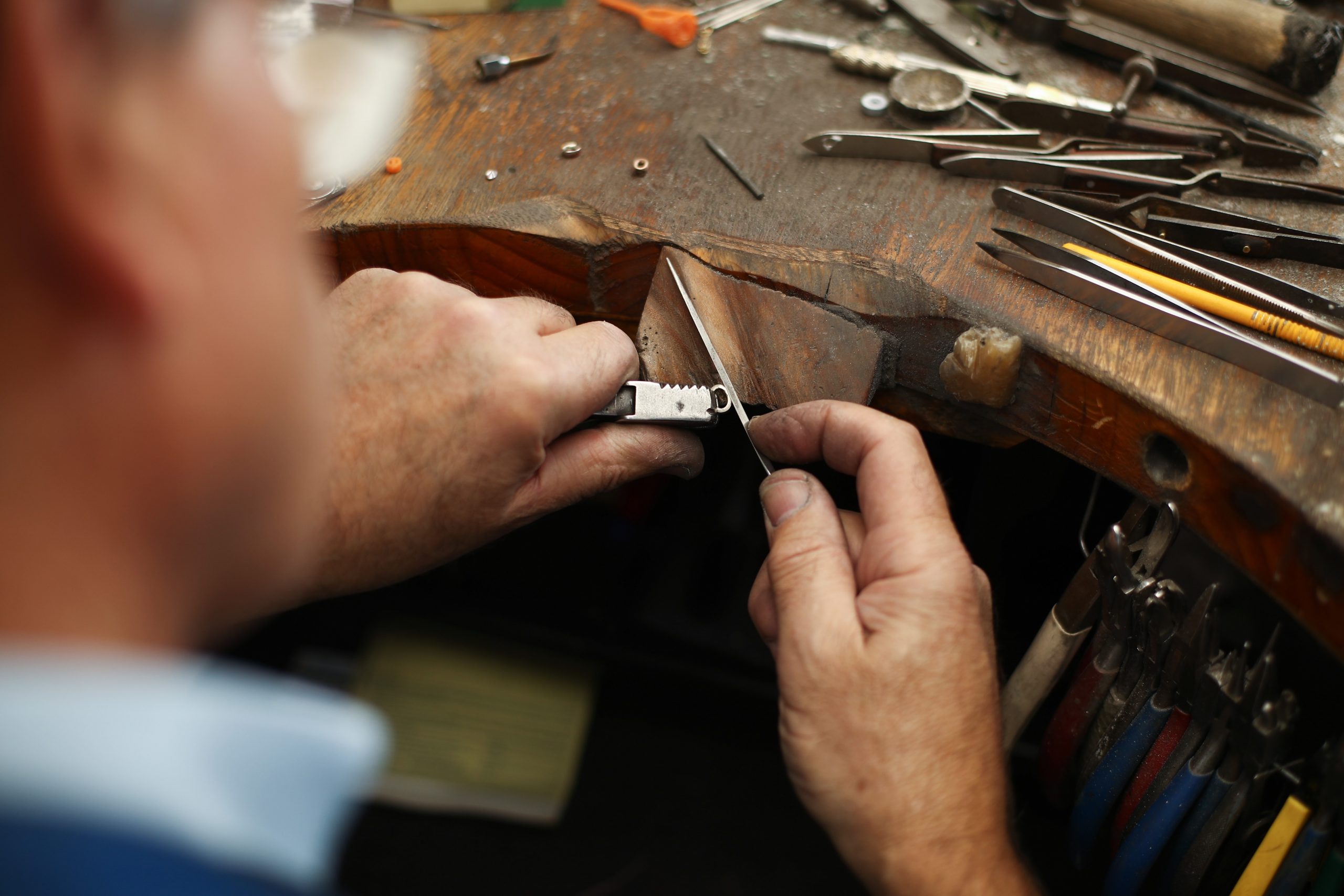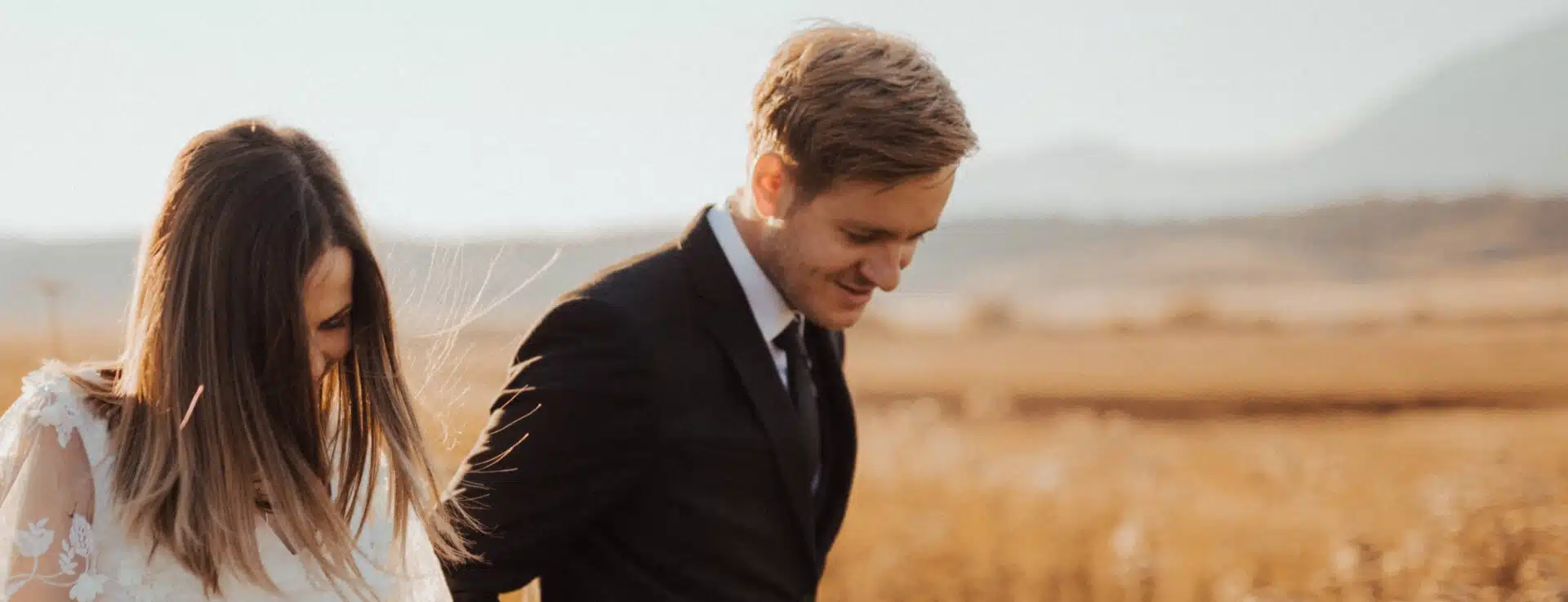Bridal Guide

For many of us, buying a diamond is an emotional purchase, and is something that we really invest in and dedicate to that one special person. It only makes sense that you need to know whether it’s real or not before committing yourself to a stone. With that said, you’re probably wondering how to tell if a diamond is real or not.
These days, many fake diamond counterparts can be easily mistaken for a real diamond (lab grown diamonds). There are plenty of natural gems with a strong resemblance to diamonds such as white topaz, white sapphire, and white zircon.
If you’re in possession of a diamond ring and are questioning its authenticity, then it’s recommended that you seek out advice from a reputable jeweller. But if you’re in a hurry, here are simple tests that you can use at home to tell if your stone is the real thing or a fake.
The fog test to determine if your diamond fake
A quick and easy way to tell if your diamond is real or not — put the stone in front of your mouth and fog it up with your breath. If it clears up after a second or two, then it’s real, but if karat stays fogged for three seconds or more, then you’re looking at a fake. The reason for this is that diamonds disperse heat instantaneously, making it impossible to fog up. Before trying this test, make sure that your diamond is clean without any oils present.
How valid is this test: Among all the possible experiments that check whether a diamond is real, the fog test is indeed reliable. It has a scientific background: due to the high conductivity ability, a real diamond can quickly disperse heat.
The transparency test
For this test, you will need a newspaper and a loose diamond. Place your diamond face down, with the pavilion facing up, on a section of text in a newspaper. If you can read the letter through the diamond chances are that your stone is fake. But if the letters are blurry this is one indication that your diamond is real. Make sure your diamond is clean before going through with this test.

How to tell if your diamond is real using a magnifying glass?
Using a magnifying glass, hold up your diamond and look for imperfections within the stone. If you’re unable to find any, then it is most likely fake — a majority of real diamonds will have flaws, which are referred to as inclusions. While there are flawless diamonds out there, they are either very pricey or lab-created. That being said, don’t throw away the stone after this because you may have a flawless, very valuable diamond on your hands.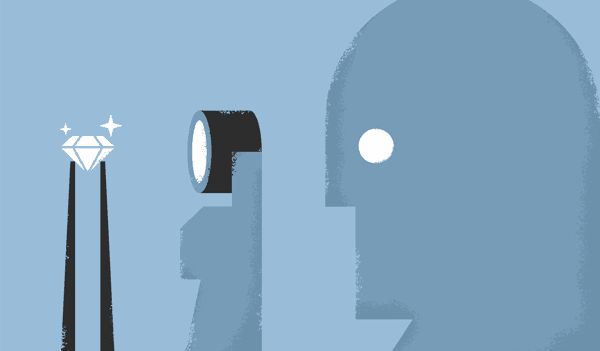
How to Tell if a Diamond Is Real With a Black Light Test
You’ll need a black light (a.k.a. UV light) for this one, obviously. Once you have it, turn off the lights and hold the diamond in front of the black light. Most diamonds will reveal blue florescence under a black light; therefore, you’ll see a medium to strong colour of blue, which means the diamond is real. If you don’t see the blue colour and instead see a slight green, yellow or grey fluorescence then this usually indicates the gem is not a real diamond. But remember: This is not a conclusive test and not all real diamonds will reveal a blue fluorescence.
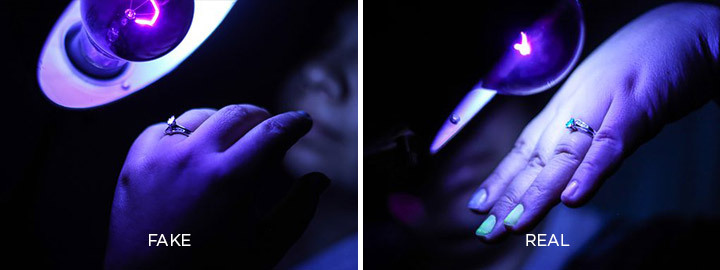
How to Tell if a Diamond Is Real With a Loupe
A loupe is a small magnification device that’s used by jewellers to see small details up close. The difference between a loupe and a magnifying glass is simply that a loupe doesn’t have an attached handle and its lens frame is slightly more conical. Most jewellers use loupes when inspecting diamonds for class and clarity. If you don’t have one (weird!), Amazon has a large selection of loupes to choose from for a reasonable price.
Once you have one, look through the loupe, look for inclusions. Mined diamonds usually have tiny, natural imperfections which indicate the diamond is real. Next, check to see if there are small flecks of minerals or slight colour changes. If there are signs of slight colour changes and flecks, then the diamond is more than likely real. (Keep in mind that some natural diamonds are flawless. If there are no flaws or imperfections, this doesn’t necessarily mean that you’re dealing with a fake stone, but it does mean you’re dealing with a rare perfect diamond). While most real diamonds often have imperfections, don’t rely on this method as your final determination. Lab-grown diamonds normally don’t have any imperfections since these gems are produced in controlled environments.

How to Tell if a Diamond Is Real Based With a Sparkle Test
The way a stone reflects and refracts light is a good indication of its authenticity. The at-home sparkle test is a visual inspection of the stone’s behaviour in the light. A stone’s natural light refraction cannot be altered, so the light refraction, — or lack thereof — of a gem is typically accurate. Synthetic or fake stones, sparkle less than real, or mined diamonds.
With light reflection, look for shades of grey. Synthetic stones, such as cubic zirconia, sparkle with more iridescent colours. Natural diamonds reflect light in more greyish hues. So, if yours is a stone of many colours, it’s probably synthetic.

How to Tell if a Diamond Ring Is Real Based on its Setting
This is by no means a conclusive test on its own, but we suggest it as a way of quickly determining if you have a fake ring on your hands. Real diamonds are set in precious metal such as yellow gold, white gold or platinum. The type of gold (e.g. 10K, 14K, and 18K) or platinum is stamped into the inside of the band. If the setting doesn’t have any precious metal markings, then the stone is likely fake.
If you see numbers such as 585, 770, 900, and 950, this indicates that platinum or gold was used. If you see a “C.Z” marking, however, the gemstone used is actually cubic zirconia and not a real diamond. And if you see the markings for silver such as .925 or the Argentium Silver marketing, it’s most likely fake.
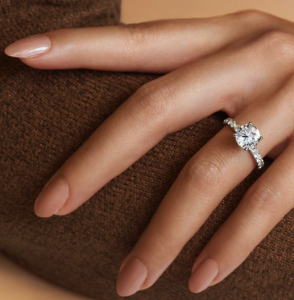
How to Tell the Difference Between Diamonds and White Sapphires
Comparing white sapphire gemstones to natural diamonds is more difficult to do on your own because they’re typically similar in size, colour purity, and saturation. They’re also similar in strength and solidity. In fact, the only stone harder than white sapphires are natural diamonds, and it’s a very close-call.
The differences lie deeper than the surface. For example, white sapphires form as corundum-based, hexagon-shaped crystal chunks. While carbon forms diamonds in crystal pieces that are square, or cubed. The different shapes and minerals affect both gemstones facet shape and arrangement during development, creating different light reflection and refraction patterns.
Another difference between white sapphire sand diamonds is purity. White sapphires are considered completely pure, period. Sapphires form in a variety of colours, but white ones have zero traces of other colours or murkiness. Moreover, they tend to either be 100 percent white, or a coloured sapphire separate from the white sapphire. Clear, colourless diamonds are rarely truly pure and perfect, and some flawless diamonds have traces of other colours.
How to Know if a Diamond is Real: Ask a professional
If you don’t have time to do any of the at-home diamond tests — or if you don’t trust yourself and want a second opinion — the best thing to do would be to take your stone to a qualified gemologist.
If you need help finding out what diamonds are real or fake, one of our experts at Anania Jewellers would be happy to assist you. Stop into our store or call (02) 9299 4251

